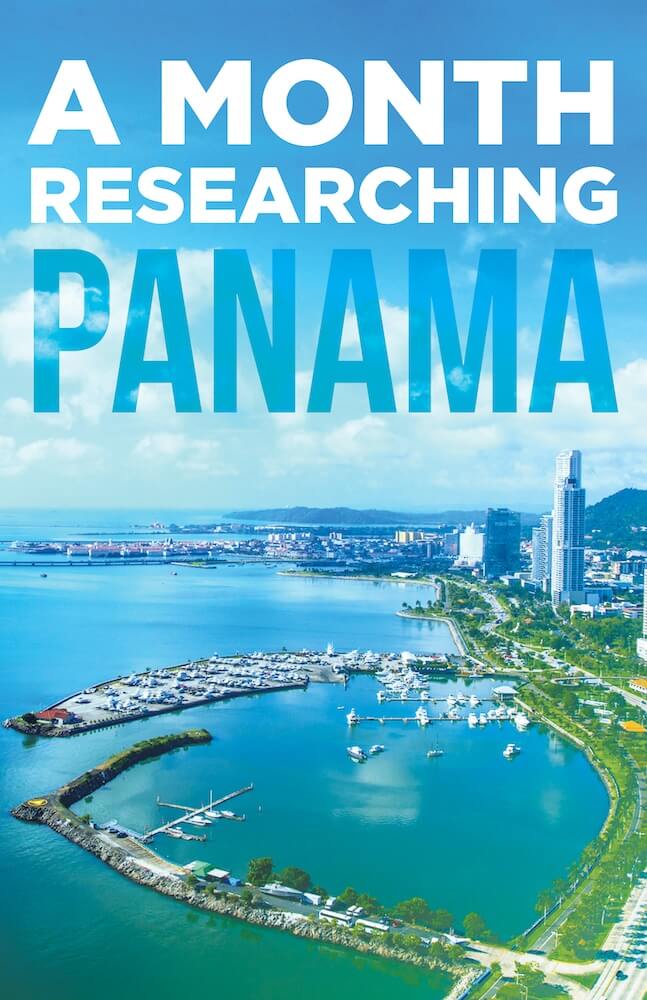For retirees who dream of a great year-round climate, sprawling sun-blessed beaches, a low cost of living, and plenty of expats around for company, both the country of Panama and the city of Puerto Vallarta in Mexico top the list. Still, the differences between the two can be significant.
Puerto Vallarta, located on the western Pacific coast of Mexico and about 100 miles south of the U.S, is home to approximately 35,000 retired expats, mostly from the United States and Canada. In both countries, cost of living is generally less than in the US or Canada, healthcare is top-notch and abundant along with many first world amenities and cultural activities. It either area, you can live simply and inexpensively or have lifestyle of the “rich and famous.” You can find almost anything in both locations depending on your tastes and budget.
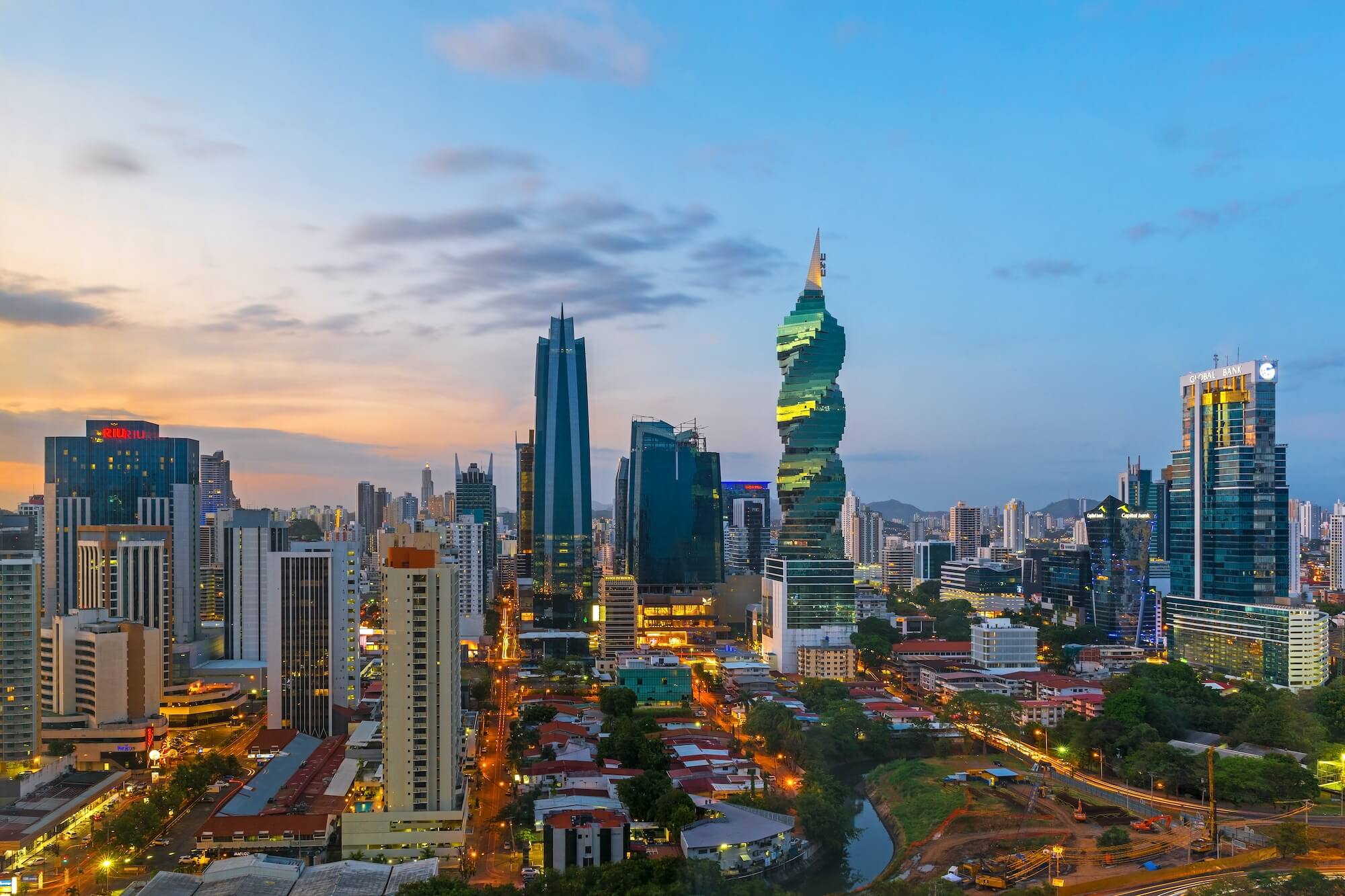
Business or Vacation?
The differences begin when you consider that Puerto Vallarta is known as a world-class vacation spot and Panama is, first and foremost, a business destination.
While tourism is thriving in Panama and there are many high-end resorts and communities, business in king in Panama City. Expect the atmosphere of a modern and global city with subways, traffic, and massive steel and glass office complexes.
Panama City has approximately 1.5 million residents compared to Puerto Vallarta’s 325,000 residents. There are no swimmable beaches in Panama City, with the exception of Casa Bonita, a high-end building located on a private beach just outside the city proper. It is a luxurious condominium complex connected to a five-star Westin resort.
Hotel Zone
Puerto Vallarta is primarily known as a party and vacation spot. There are dozens of five-star resorts located along the “hotel zone” including Marriott, Hilton, Hyatt, Hard Rock, Westin, Sheraton and Fiesta Americana. Just 26 miles from Puerto Vallarta’s International Airport, the Four Seasons and St. Regis hotel chains have luxurious compounds which carry $500 a night price tags and every possible amenity.
There are also more modest hotels and rental complexes that cater to the long-term expat and more budget-minded visitor. Large villas are nestled in the area that looks down at the Bay and most are no longer personal residences, but rather homes for short period rentals. Cobblestone streets and winding paths lead down to the beach where parties often go late into the night.
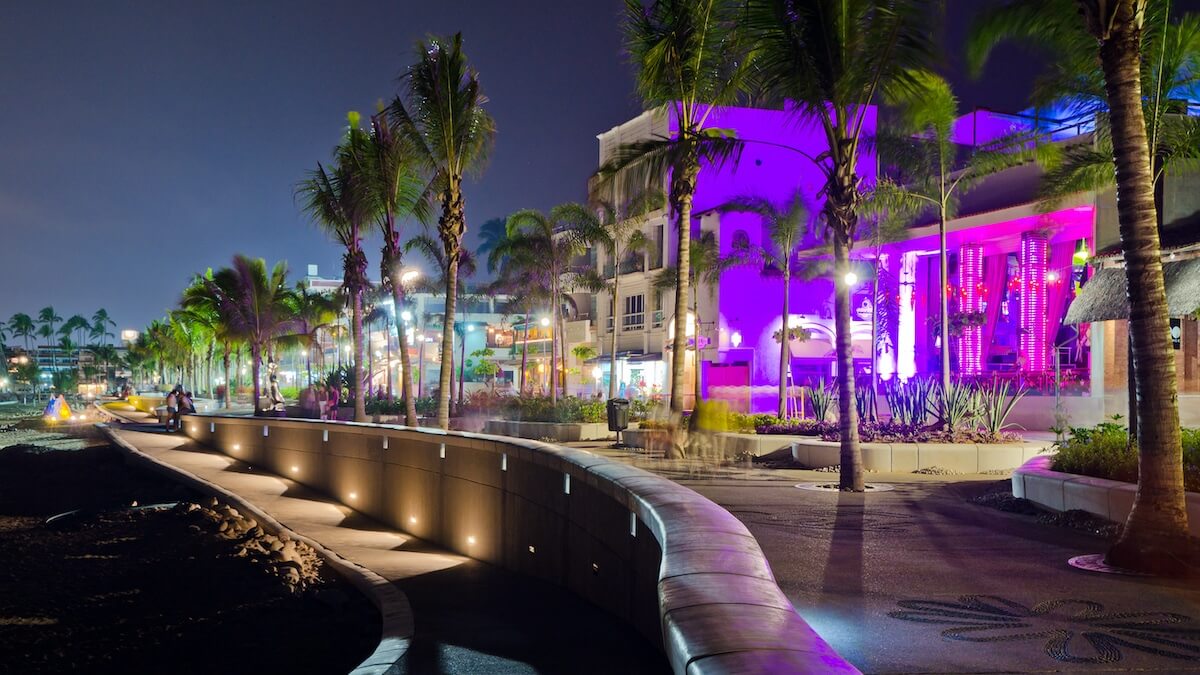
Panama’s Beach Communities
Panama’s beach communities offer a much calmer vibe than what you find in Panama City or Puerto Vallarta. Many retirees live the Coronado-Gorgona area, which is dotted with resorts, and luxury condominiums and is only about an hour from the city. Other beach and mountain communities, of various development levels, are scattered throughout Panama.
In Puerto Vallarta, the different sections are more compressed and you might find a condominium complex with million-dollar prices sitting next to a group of apartments renting for $450 a month. Everything is centered around tourism; business is primarily limited to shops catering to visitors. Hundreds of people line the streets daily trying to sell timeshares. Pay telephones are on many corners advertising the ability to call the US or Canada for free when in reality the calls turn out to be very, very expensive
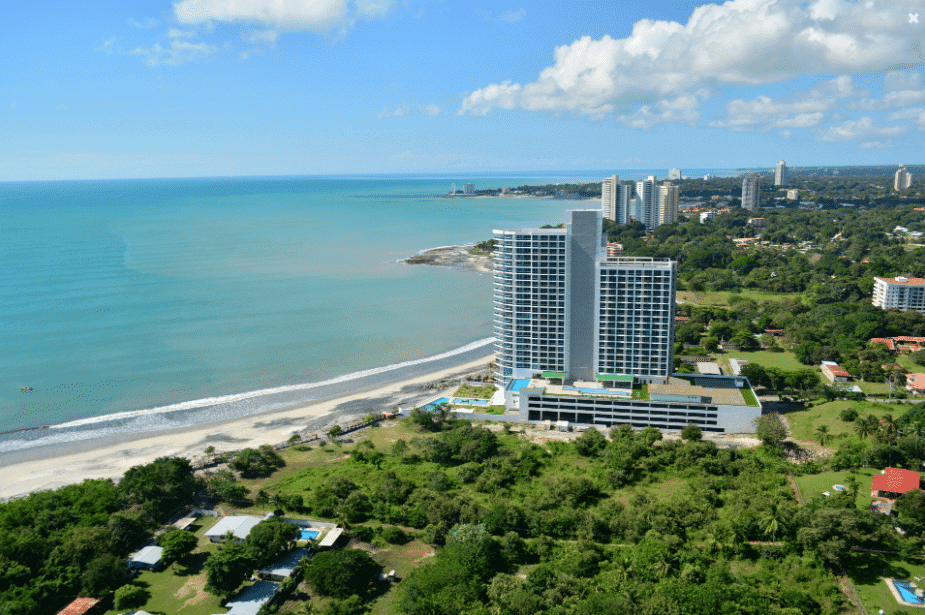
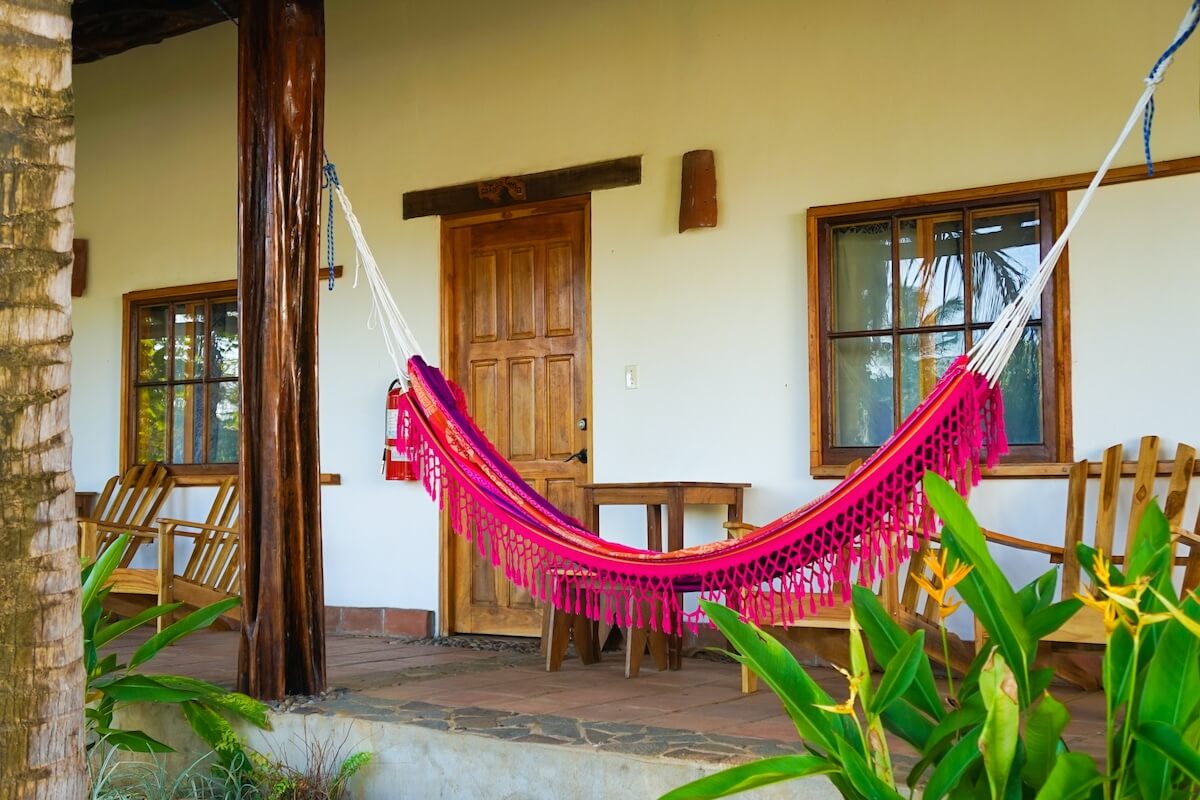
Buying Property
It is legal for foreigners to buy property in both Puerto Vallarta and Panama but in Mexico, you will need to have a banking institution as a trustee on the property. It’s mainly a legal maneuver to increase local cash flow. Panama has other unique requirements which generally result in a few more dollars crossing hands but they tend to be less than what is found in Mexico.
If you plan on taking out a local mortgage remember the rates are higher in Mexico than Panama. Panama is currently charging 5.24% where Mexican rates are 9.04%. Both countries have specialized financial agreements available for foreigners. For example Empresas Bern, the leading property developer in Panama, offers owner financing at 8%. Generally, when foreigners purchase land in either Panama or Mexico, it is a cash deal.
As part of the push to attract retirees to Panama, the Panamanian government developed several programs which are beneficial to foreign investment. Throughout Panama, many newly constructed buildings carry up to an 18-year tax-free entitlement which saves home owners thousands of dollars annually. Mexico does not have a similar program and they charge a 2% acquisition tax paid by the purchaser at the time of transaction. If you buy a home for $400,000, expect to add $800 before the sale is final. There is also a tax on all properties in Puerto Vallarta that is paid quarterly and amounts to 0.1% of the assessed value of the property. If you are planning on renting your property, the Mexican government will expect 21% of that in the form of a rental income tax.
Property costs are similar in Puerto Vallarta and Panama and can run from a modest home costing less than $100,000 to many residences over the million dollar mark. Panama real estate values continue to increase but because property rates grew dramatically about 15 years ago in Puerto Vallarta, they have since leveled off.
Crime
One of the most striking differences between Panama and Puerto Vallarta is crime. In 2015 cruise ships started canceling stops in Puerto Vallarta because of the increase in crime and a spike in violence between drug gangs and the Mexican authorities. Royal Caribbean, Celebrity and Disney cruises don’t stop in Puerto Vallarta and the US State Department cautions all US citizens to use only the roll roads and to drive in good weather and daylight.
The U.S. State Department issued a warning that read::
“Crime and violence are serious problems and can occur anywhere, and U.S. citizens have fallen victim to criminal activity, including homicide, gun battles, kidnapping, carjacking, and highway robbery. While many of those killed in organized crime-related violence have themselves been involved in criminal activity, innocent persons have also been killed. The number of U.S. citizens reported to the Department of State as murdered in Mexico was 100 in 2014 and 103 in 2015.”
If you are visiting Puerto Vallarta as a visitor it is generally safe when you are sequestered in the hotel compound, but expect American resort prices including dining checks equal to up-scale American restaurants.
While there is crime in Panama, it’s generally limited to petty theft or to individuals who are involved in crime themselves. There is no problem with drug trafficking in the areas where most expats reside. The U.S. State Department has no travel advisory for Panama and claims cities and hamlets in the country “are safer than many American cities.”
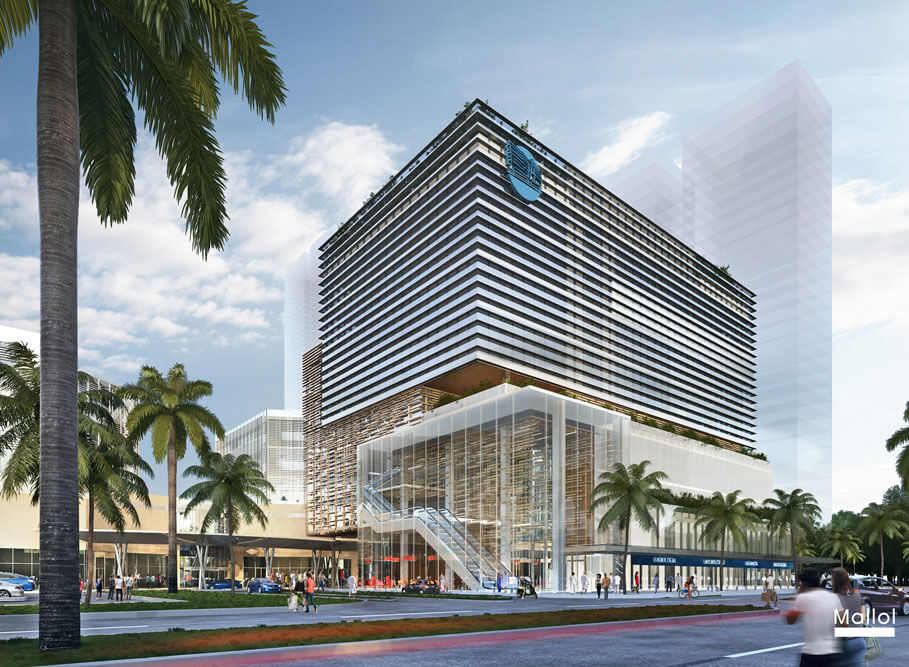
Healthcare
Both Puerto Vallarta and Panama enjoy excellent healthcare facilities and generally offer many American-trained physicians and specialists. In Panama City, a doctor’s visit will run approximately $25 and in Puerto Vallarta that visit is $40. Both areas provide readily available name-brand prescriptions at a fraction of what they cost in the United States.
In Panama City, there are several hospitals including the Johns Hopkins affiliated Punta Pacifica Hospital which is widely used by expats. There is also the Hospital Nacional and Hospital del Niños. In Puerto Vallarta, the most popular facility for North Americans is Hospital San Javier Marina which is equal to a Level One trauma provider. There is also the state-of-the-art Hospital Cornerstone. Most staff are bilingual.
Facilities in both Mexico and Panama accept most American health insurance policies although it might be advisable to research travel insurance and insurance provided through Mexican and Panamanian companies depending on your individual lifestyle. Like all foreign countries, U.S. Medicare and Canadian provided healthcare is not honored.
“Vacation Surgery” is growing in Puerto Vallarta where it is advertised that for about half the cost in the United States, one can come for a tummy tuck or liposuction along with getting a nice tan. While Panama has those procedures available, they are not openly advertising to the vacation surgery market. Nonetheless, the industry is bourgeoning here because of the high quality and inexpensive healthcare available in Panama.
Currency and Language
Panama uses the U.S. Dollar as its currency, eliminating fluctuations in exchange rate. In Mexico, the official currency is the Peso which, in recent months, has dropped steadily against the U.S. Dollar. Currently, $1 USD equals $17.78 Mexican Pesos. Maintaining the same currency also makes life a little easier for North American expats, as they don’t need to learn a new system (often while also learning Spanish).
Spanish is the official language of both Mexico and Panama, and while English is widely spoken it is limited in most-part to the larger cities such as Panama City, Coronado, and Puerto Vallarta. Because Puerto Vallarta is a tourist destination and the economy is dependent on tourism, hotel staff are expected to have some command of the English language. In an effort to increase English speakers in Panama, the Panamanian government has invested heavily in training 10,000 additional English teachers through joint programs in the US, Canada and Great Britain.

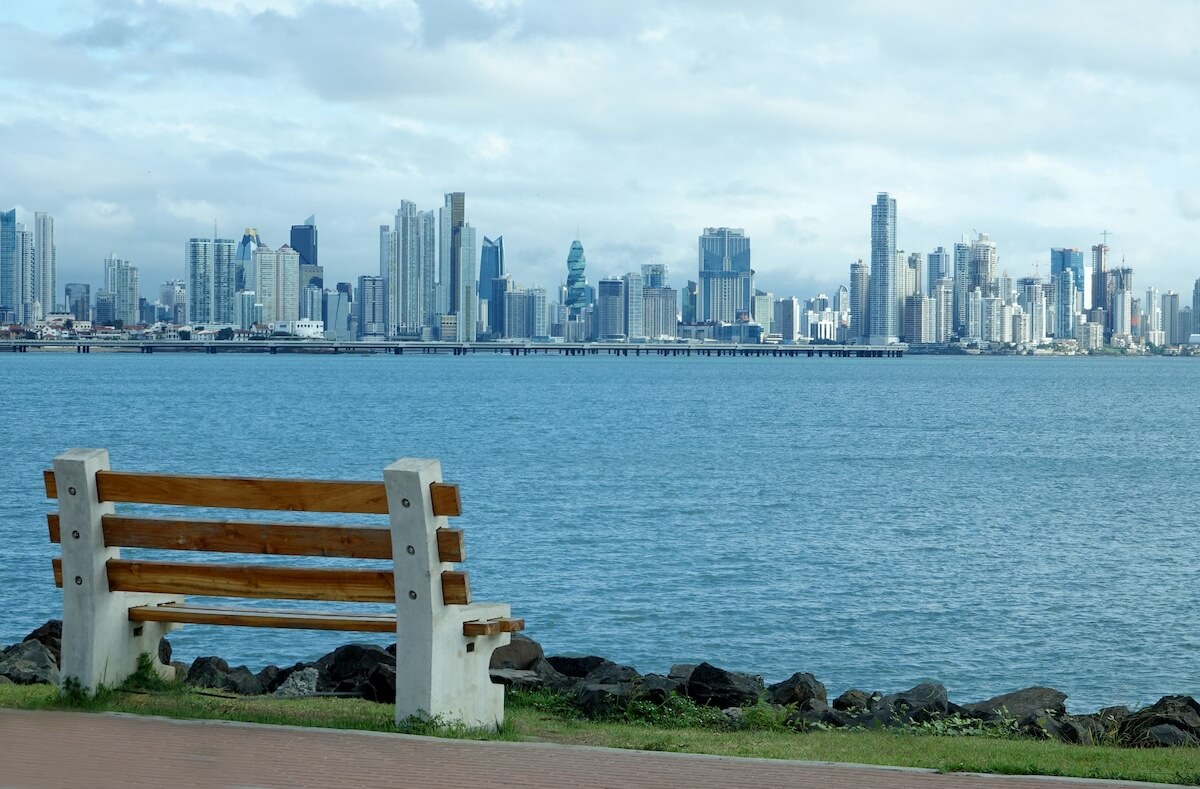
Weather
While it can be very warm in both Panama and Mexico, it is hurricanes which make the biggest difference between the two countries in terms of weather. Panama is located too close to the equator to experience hurricanes or tropical storms, where Puerto Vallarta routinely has several severe storms each season. Category Five storms have ravaged Puerto Vallarta sending tourists and residents to local safe areas such as schools or a basement. Hotels have to regularly rebuild in Puerto Vallarta and insurance is a necessity for any residential buildings.
Generally speaking, Panama has a warmer clime and maintains temperatures in the 80s and 90s almost all year. Mexico has more moderate temperatures in the 70s and 80s– typically hitting the 90s only in August and September.
Water
Water in Panama is clean and safe. It is purified in almost all areas and you can order a soda with ice and not have to ask if the “auga purifcada”—water is purified. All the high-end hotels in Puerto Vallarta have their own purification systems and the water is clean for both drinking, bathing and brushing teeth. That is not the case in other parts of the city including residential complexes. Most people in Puerto Vallarta drink only bottled water and never use ice unless they know it has been purified.
Fresh Fish and Produce
There is a farmer’s market in the Old Town section of Puerto Vallarta that runs during the high season and offers everything from gourmet vegetables, herbs, weaved products, natural soaps, dried pasta and sausages.
In Panama, there is a Fish Market located just on the outskirts of Casco Viejo, the old section of the city, where freshly caught fish is on sale, year-round, to the public and wholesalers alike. There also are fish markets and vegetable stalls surrounding the beaches area of Panama which is available for incredible prices. Two pounds of langoustines will run you $4.00.
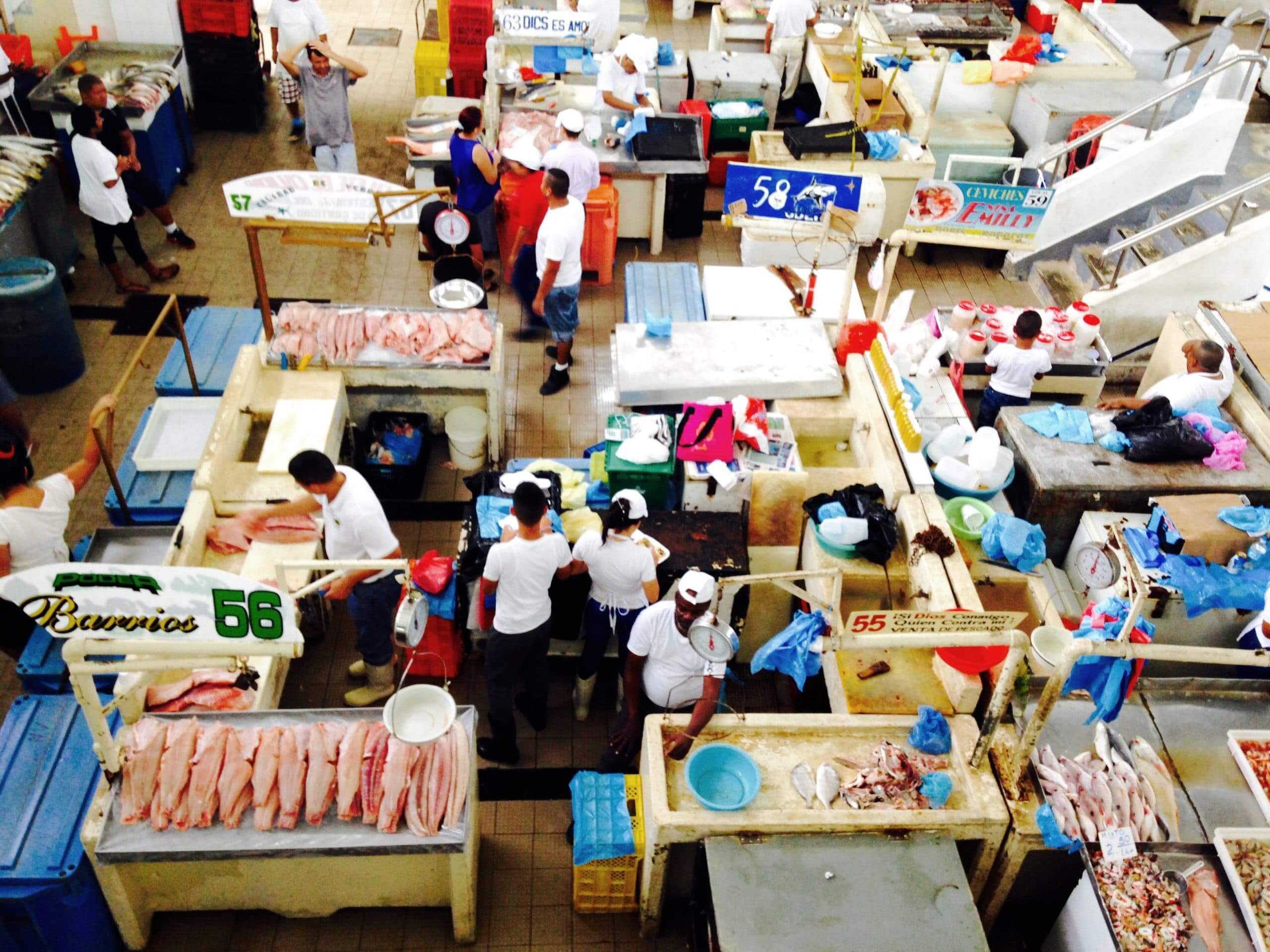
Government
Puerto Vallarta in Mexico is part of what Forbes Magazine has called “one of the most corrupt nations on earth.” The US-based publication cited the abduction and murder of 43 Mexican students, the discovery of 19 bodies buried in a field and associated with a drug organization, the free flow of marijuana and methamphetamine and the lack of transparency among the highest elected officials and their business interest, as part of the reason for the low ranking.
Mexico’s last President, Enrique Pina Nieto, is under investigation for allowing a company to build a multi-million dollar mansion for his wife just as that company was awarded a lucrative contract by the Mexican Government. There was no record of the President or his wife paying for the opulent property even though they now claim everything was paid for from private funds. Charges have not been formally filed.
While many elected officials in Panama have been charged with crimes, including former President Manuel Noriega and the fact Ricardo Martinelli, a recent ex-President was extradited from Miami on corruption charges, the last President, Juan Carlos Varela has remained scandal-free as has the new president, Laurentino “Nito” Cortizo. Panamanians regularly vote, take seriously their responsibility and rarely keep the ruling party in power.
Shopping
Puerto Vallarta has a number of American stores including Costco, Sam’s Club and Home Depot while Panama has more home grown stores offering a very similar shopping experience. The Conway stores in Panama even have the same red circles in their logo reflecting their ownership by Target.
Panama City has developed into a high-end shopping destination for many South and Central Americans and have everything from Prada and Yves Saint Laurent stores to Banana Republic and Victoria’s Secret. Puerto Vallarta has many speciality stores and boutiques usually located in some of the upscale resorts.
Grocery stores are very plentiful in Panama, with many delivering items to the door. Because Puerto Vallarta depends more on the tourist trade, their groceries are not as specialized, but almost any food item can be found in one of the large American stores such as Walmart.
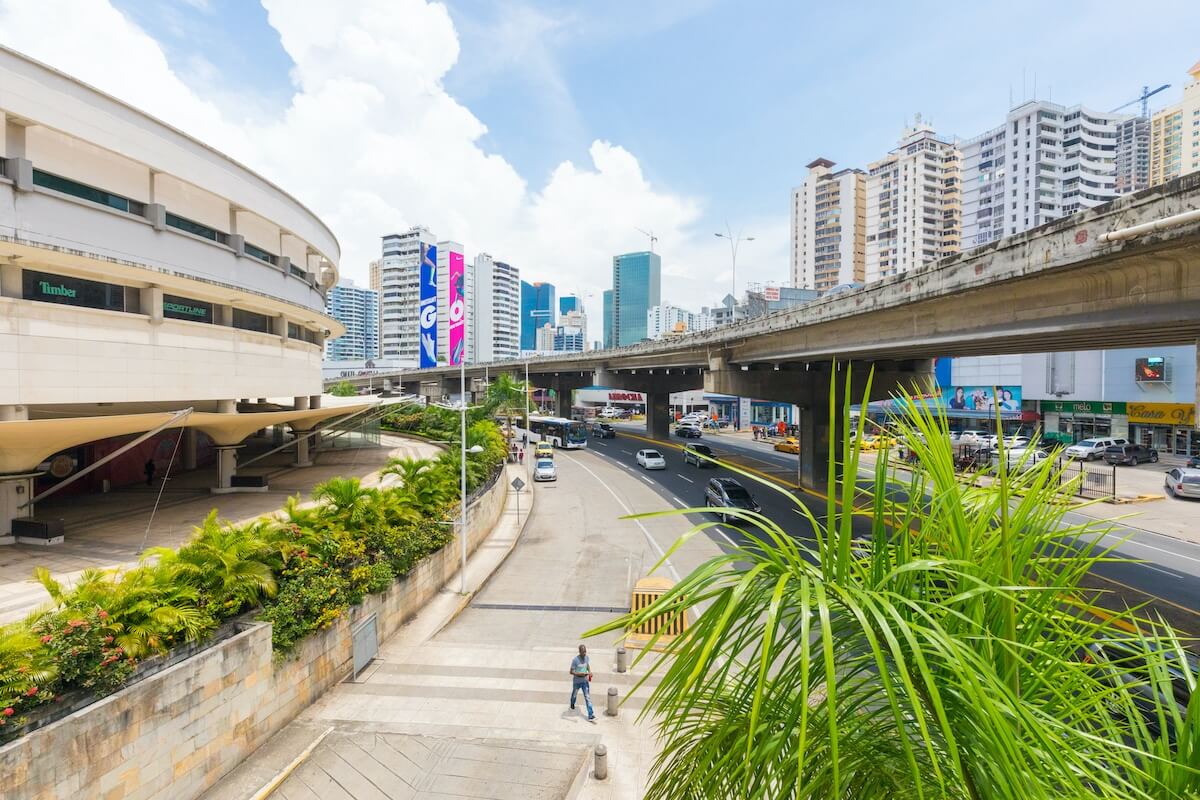
It’s A Personal Choice
Both Puerto Vallarta and Panama offer the relocating expat many fabulous options—beautiful weather, five-star resorts, lots of dining options, great healthcare and the ability to own property. English is widely used and everyone is very tolerant in both locations. The biggest difference comes down to the criminal element found in much of Mexico, including Puerto Vallarta, and the fact the city is very dependent on tourism, vacationers and party goes who will only be in town a short while.
Panama is much more attuned to the needs of expats on a long-term basis, with programs such as tax abatements for property owners, stores not dependent on the American economy, and a positive relationship with the United States Government.

